How to plant a basil and take care of it?
The beauty of this plant attracts the attention of many landscape connoisseurs. Planting a basil, simple care for it, unpretentious cultivation, various uses in the landscape, make it desirable on any site.
A few words about the plant
Basil - belongs to the Buttercup family, perennial. The plant is common in southern Africa, the temperate zone of the Northern Hemisphere, tropical mountainous regions of Africa. It can also be found in Russia.
The plant is distinguished by openwork basal leaves, resembling a triangle in shape. The airy paniculate inflorescence consists of many small flowers that have a variety of colors: yellow, pink, lilac, white, light green, cream. Its bloom has been compared to translucent floating light clouds. The rhizomes of the plant are creeping, erect leafless stem.
There are up to 150 flower varieties. All of them are striking in their diversity. It is possible to grow both gigantic specimens (up to 2 m) and very tiny ones adjacent to the ground. The most popular varieties are: "Thundercloud", "Dwarf Purl", "Heavits Double", "Album".
How to plant correctly
Planting a basil flower does not require time and effort from flower growers. It is distinguished by its unpretentiousness.
- Seat selection
In nature, the plant grows in areas with high humidity. Therefore, for planting, you must choose a shaded place where it will grow quickly, please everyone with bright and abundant flowering. In direct sunlight, its flowers become pale and fade.
- Boarding time
If the basil plant sits in the ground with seeds, then early spring is considered the best time. You can also plant it in late autumn before the onset of severe frosts (planting in the winter). If cuttings of a flower are planted, then it is better to do this at the end of April.
- Soil preparation
The plant grows well on any type of soil, it is not demanding on its composition. But it was noticed that good growth and violent flowering occurs on sandy loam and loamy soils of moderate moisture with a neutral acidity. Before planting, the land must be loosened and cleaned of weeds.
Advice! It is better to plant cuttings in prepared compost. It is prepared simply: soil from the garden is mixed with humus from leaves, sand, any granular complex fertilizer.
- How to plant
Before planting cuttings, their roots are soaked in a stimulant solution. You can use any of them: Epin, Gumat, Kornevin, Heteroauxin. If the root system of a flower is open, then it is soaked in solution for 4-6 hours. If the flower is in a pot, it is only 30 minutes.
Basil can grow in one place for up to 10 years and grows strongly. Therefore, planting it in a place prepared in advance should be carried out at a distance of 35-40 cm from each other (high varieties - 50 cm). Then it is carefully watered. If the soil has subsided, it is also added and slightly compacted. The root collar of the plant should be at ground level.
Advice! For the first watering after planting, it is better to take the solution that was used to soak the roots, diluting it by half with water.
After planting, the cuttings are tied up. The soil must be mulched for better flower survival and moisture retention.
Basic rules of care
Basil care includes watering, timely feeding, pruning, weed and pest control. Basil is unpretentious in cultivation and caring for it does not cause much trouble for flower growers.
- Watering
While the flower is young, watering is very important for it.An adult plant easily tolerates drought and is not so demanding on moisture. But on hot and dry days, watering is required.
Advice! If it is not possible to regularly water the flower, it must immediately be planted in groups and in those places where it will not fall under the scorching sun rays during hot hours and days.
- Top dressing
Grooming covers the observance of several feeding rules. If the basil was planted in fertilized soil, then the next top dressing can be carried out only in the 3rd year. If the soil has not been fertilized, then the plant is fed twice a year. The first time is in the spring: any nitrogen fertilizer is used. In autumn, 35-40 g of complex fertilizer is applied under each bush or mulch (you can also take humus or peat).
- Pruning
As soon as the basil flower fades, it is cut off at the root. Low-growing varieties do not need pruning.
Advice! To avoid self-seeding, pruning can be done after the bulk of the flowers have flowered.
- How to prepare for winter
The flower does not need special preparation for winter. Most of its varieties can easily withstand temperatures as low as -30 ° C. But, for example, the Delaway variety, it is necessary to cover for the winter.
- Weed control
The plant reacts negatively to weeds. The ground around it should be weeded regularly.
Insect pest and disease control
Care always means the fight against diseases and pests. They rarely attack the basilist. During dry periods, aphids and golden bronze can be found on it. To get rid of them, you can spray the flower with insecticides. Have a good effect:
- Karbofos;
- Bankcol;
- Actellik;
- Akarin;
- Biotlin;
- Tanrek.
If you use only spraying the leaves, then those insects that are on them at that moment will die. Additionally, at night, you need to cultivate the land under the bushes.
Of all the known diseases, only powdery mildew can be observed on the basil.
It can be determined by the following criteria:
- the appearance of blackness on the stems;
- yellowing of the lower leaves;
- the appearance of white spots on all leaves.
An effective drug against this disease is Topaz.
There are few features of growing a plant, and they are simple. If the planting and further care of it is carried out incorrectly, then there will be some problems with its growth and flowering.
How does reproduction take place
The flower reproduces in 3 ways:
- Seed. Seeds harvested in autumn can be sown directly outdoors in winter or planted in spring. Seed material has a high germination capacity. The plant blooms only in the 2nd year after planting.
- Vegetative. Planting a flower in this way is the most common. In spring or autumn, a bush is dug up, divided and planted in new places.
- By cuttings. Young shoots with unblown leaves are carefully cut from an adult plant and placed in the water. When the root system appears, they are planted in the prepared soil. Tip: It is better to pick cuttings in the spring.
Basil is prone to self-seeding. If the seeds were not harvested in the fall, they will sprout on their own in the spring.
Where is the plant used
Basil is well known in folk medicine. Its healing properties have been used since ancient times. Ointments, decoctions, powders and infusions made from it have the following actions:
- sedative;
- antimicrobial;
- hypotensive;
- antispasmodic.
Advice! Medicines based on it cannot be used without consulting a doctor, since the plant contains substances toxic to humans!
The main application of the flower is landscape design. It is used for:
- registration of borders;
- as a specimen plant;
- creating compositions in parks and gardens.
The plant goes well with euonymus, magnolia, cotoneaster shiny, wild rosemary, iris, gravilat, swimsuit, phlox.
Proper care of the flower, following these simple guidelines, will allow you to enjoy its bloom from early summer to late autumn.

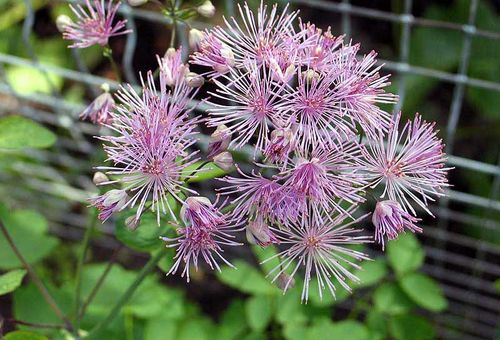
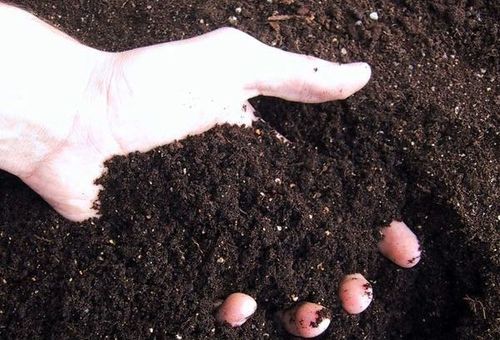

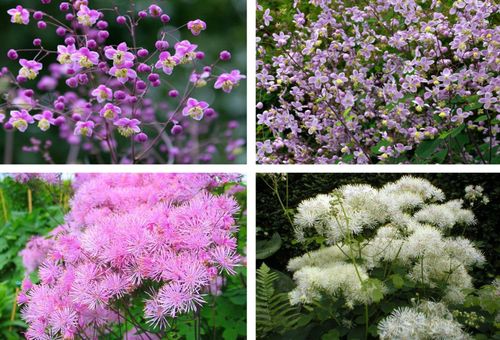
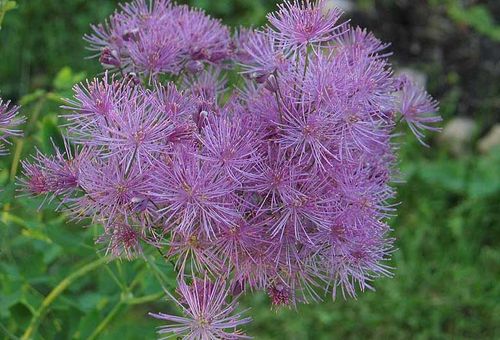

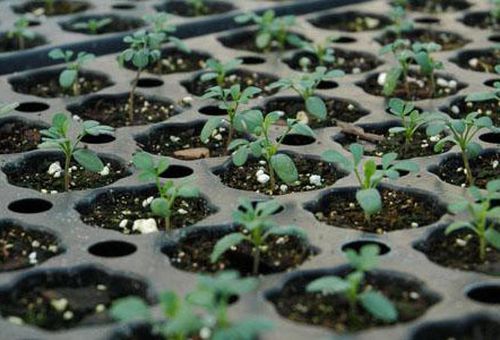
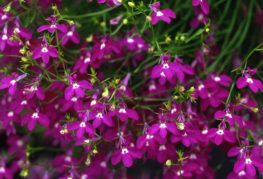
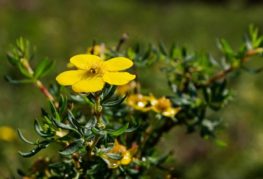

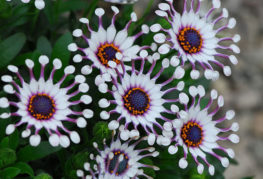

and will be published shortly.